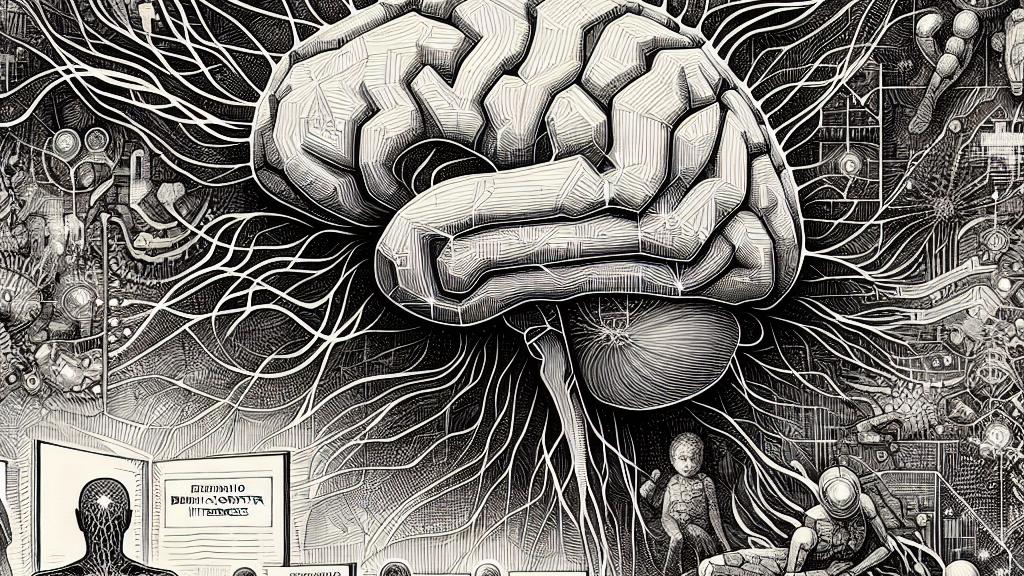Evaluating Signal Sources in Non-invasive Brain-computer Interfaces
Overview
- Discover innovative methods for analyzing complex brain-computer interface data.
- Explore transformative applications connecting neural activity to the digital realm.
- Examine crucial ethical considerations surrounding the use of brain-derived data.

Introduction to Brain-Computer Interfaces
In the vibrant and innovative landscape of the United States, brain-computer interfaces (BCIs) are taking center stage. Researchers such as Alexandra Bernadotte and Victor Buchstaber are pushing the boundaries of what we understand about human neural signals. Their recent research introduces a fascinating mathematical approach using polyharmonic signals to tackle the complex challenge of identifying multiple active sources within the brain. Picture a future where individuals can control devices simply by thinking—a remarkable breakthrough that could redefine how we interact with technology. This potential shift not only excites technologists but also offers hope for people whose lives could be dramatically improved through enhanced interaction with the digital world.
Practical Applications and Innovations
The real-world applications of BCIs are nothing short of extraordinary, particularly in the medical field, where they hold the promise of transforming lives. Take, for instance, the pioneering efforts of Precision Neuroscience, co-founded by Dr. Ben Rapoport. This innovative company seeks to empower individuals with paralysis, enabling them to regain control over their surroundings through advanced BCI technology. In actual clinical trials, one participant, who had lost all ability to move, was able to navigate a digital interface merely by concentrating on specific icons. This stunning achievement illustrates the profound implications that BCIs can have on quality of life. Moreover, as technology continues to improve, the prospect of mind-controlled prosthetics and other devices may soon be a reality, inspiring further research and investment in this field.
Ethical Considerations and Future Directions
As we stand on the brink of this exciting technological breakthrough, we must also confront the important ethical questions that emerge. With the ability to decode thoughts comes a significant responsibility to protect individual privacy and ensure ethical usage. Researchers like Craig Mermel stress the necessity of obtaining informed consent from patients, as well as establishing strict guidelines on how neural data should be used. Consider this: what if someone accesses another person's thoughts without permission? Such scenarios underscore the urgent need to create ethical frameworks that respect individual rights while advancing BCI technology. By fostering open dialogues about these ethical implications, we can build a future where the incredible capabilities of BCIs are matched by a commitment to safeguarding human dignity and autonomy.

Loading...